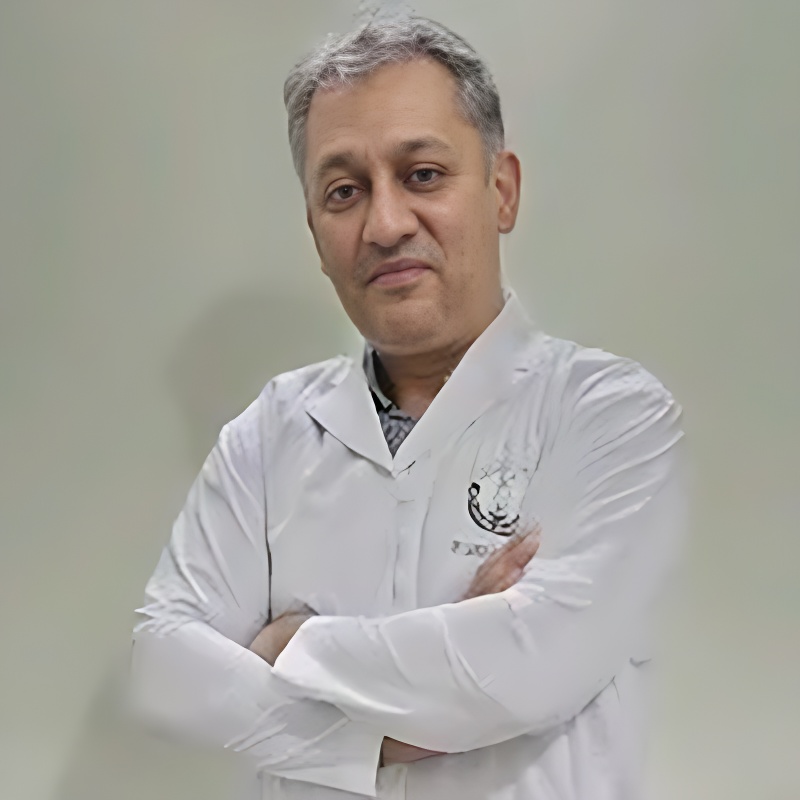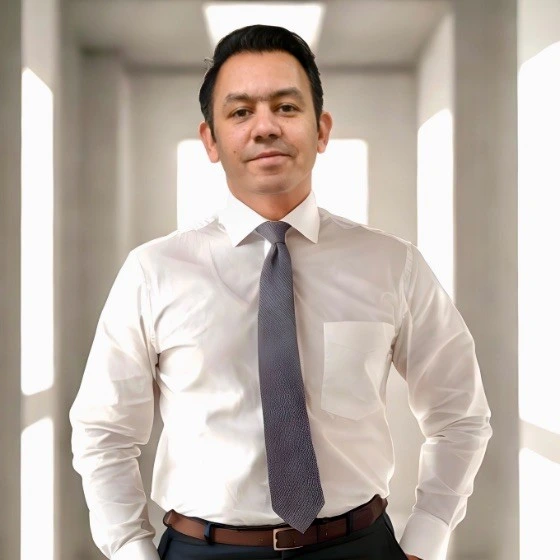- 1347
- 4
Become your own Boss with Groovi Movements- Tips for Physiotherapists & Physiatrists to start- enhance their own Practice
Did you know that India ranks second worldwide with the highest number of people needing rehabilitation at least once during their lifetime? However, rehabilitation centers in India are few and unequipped to meet this raging demand. According to Glassdoor: theSee More
About the Speaker
Dr Tanya Bell
Director Bell, Rogers & Harris Physiotherapy, Groovi Movements, South Africa
Upcoming Case Discussions

Sagittal Balance in Lumbar Spine

Robotics and AI in Urology: What every Clinician Should know

Complications in Focus: Early Detection of Diabetic Nephropathy and Retinopathy

Diabetes and Nerve Damage: Understanding Diabetic Peripheral Neuropathy

Infection Prevention & Control: Best Practices Every Nurse Should Master

Shadow a Specialist: A Day in the ICU